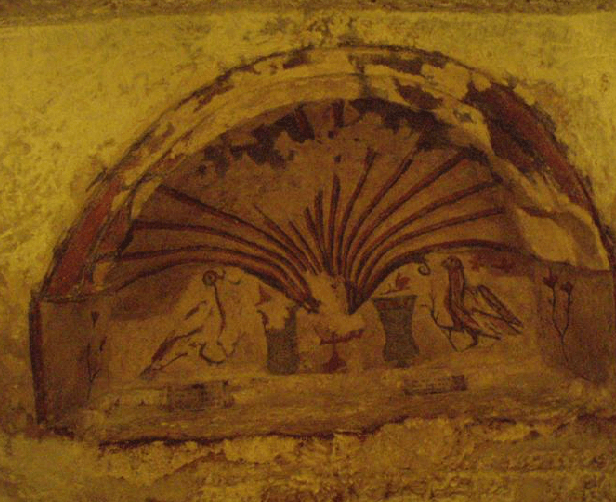A brief history of Rabat
The history of the town of Rabat goes back some 2000 years ago when it still made part of the old Roman City, ‘Melita’. Some time later, the Byzantine restricted the city. With the Arab civilisation, the city took the name of Mdina and the part outside the gates was called Rabat, meaning suburb.
Some years later, after the departure of the Norman Count Roger, the Maltese archipelago became officially united with Sicily until 1530.
In the XV century, these surroundings served as refuge from the continuos attacks by the pirates. It had also been in this century when in Rabat arrived all the religious orders, which are still here nowadays.
With the arrival of the Gerosolmitan Order of St. John, Rabat gained its importance for the fact that it was situated so close to Mdina (sede governattiva), for its connection with St. Paul Grotto, for the Convent Schools and even for the fruitful agriculture which was beneficial to the surrounding areas.
The French Domination, which occurred in 1798, was strongly opposed for the defence of the human rights, for the historical and religious patrimony, under the guidance of the hero, Notary Emanuele Vitale.
During the British Colony in the second half of the XIX century, Rabat relived the introduction of the new social structures, the construction of the first primary school, the introduction of the first medical and postal services, upgrading of spring water, street lightning and the introduction of the train transport service between Valletta and Rabat. It had also been in that era when the two local music band clubs., L’Isle Adam and Count Roger were established.
But the major development started in the 20th century, exactly after World War II, when the population increased up to approximately 12,000. This kept on happening all along the 60’s and the 70’s. Therefore, this urged the need of a new dwelling constructions in various areas of Rabat, such as Ta’ Virtu and Ghajn Qajjet. Nowadays, this remarkable, development distinguishes the old part of the town from the new.
Rabat is now, a residential habitat of over 12,000 people. It provides a good contribution to the Maltese economy by aiding tourism and agriculture.
Top attractions in Rabat Malta
1 – The Loggia
The Loggia was built in 1696 by Lorenzo Gafa. This was the result of a petition by Giovanni Gourgion to Grand Master Adrien de Wignacourt. In the petition, the Capitano della Verga, asked for permission to build the loggia so that he could enjoy the races on the eve of Mnarja. It was fully paid by Gourgion himself. It is a replica of a mobile tribune, open at one end, permitting full view of the road below. The master mason was Salvu Borg from Siggiewi, who later on became one of the leading architects.
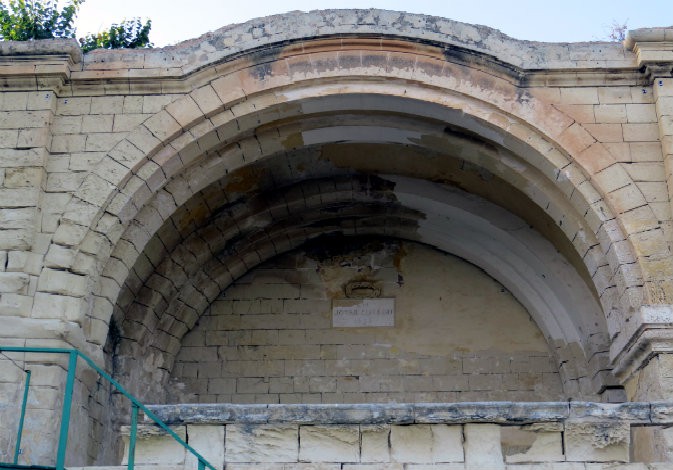
2 – Casino Notabile
Roman architecture in Malta preceded the medieval, the 16th century fortifications and the 18th century over-decorated Baroque. In 1800 the Maltese Islands were under the British and a change in architectural style had to follow. Now it was the time for the neo-classical and gothic structures. The British government wanted to assert its presence in Malta by exerting pressure through the building of certain structures closely associated with grandeur of a worldwide empire. This influence had to be imposed on the Maltese population. In 1860 Malta saw the arrival of architect of the buildings designed by him and still standing, is Casino Notable, up Saqqajja Hill. Built in 1887, the Casino was meant to be the club for the high society living in Rabat and Mdina. Its architecture is eye-catching. it replaced a washhouse built around a hundred years earlier where the local women had a sheltered place for washing clothes. Although dry, it still stands today. The Casino Notabile is excessively ornate but this was to be expected of Paulson, who had made the Malta stone his own.
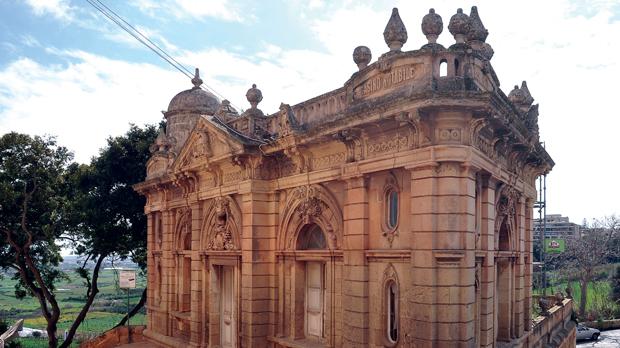
3 – The Fountain at Saqqajja
The word Saqqajja means a water-course. A natural spring in the area induced Grand Master Alof de Wignacourt to build an acquaduct to take water down to Valletta. This natural spring led the authorities to build a fountain pouring water into a basin. The idea behind this project was to provide water to the beasts of burden, the only means of transport at the time. Washing of clothes was not permitted. If caught, the culprit had to pay a heavy fine which went to the maintenance of the medieval walls of the old city of Mdina.
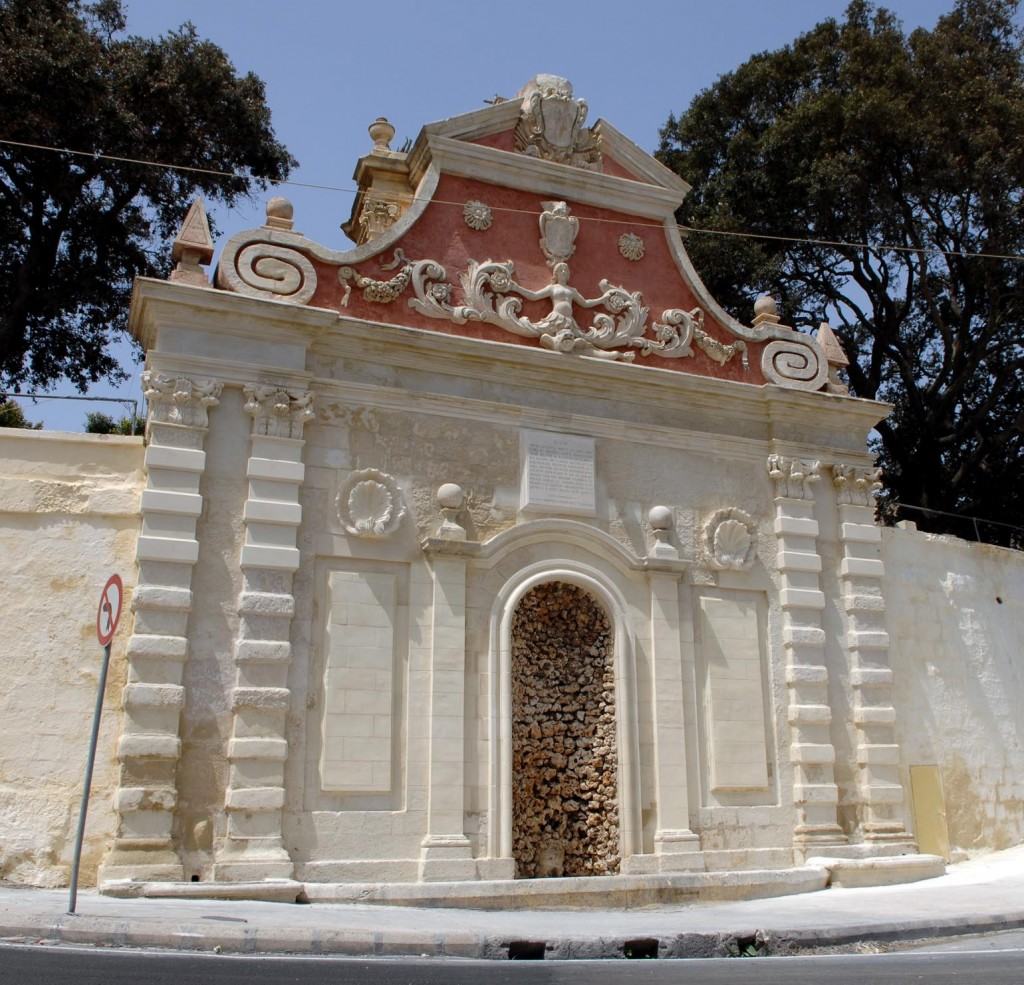
4 – Ta’ Saura Hospital
This is a late 17th century building whose architect is Lorenzo Gafa’. This building derives its name from a Maltese medical doctor by the name of Nicolo’ Saura, who in 1654, bequeathed everything he had to the building of hospital. Gafa’ was contracted to build the complex. Later on in the years it was enlarged. One can notice the very long facade and its austere appearance. In the 17th century, segregation of the sexes was in full force. There are two chapels, one dedicated to St Nicholas for the men and the other chapel dedicated to the Virgin of the Rosary for the females. The hospital had an abundance of natural light. Built on a ballet, it also enjoyed beautiful views and fresh air. Today it is the residence of the elderly.
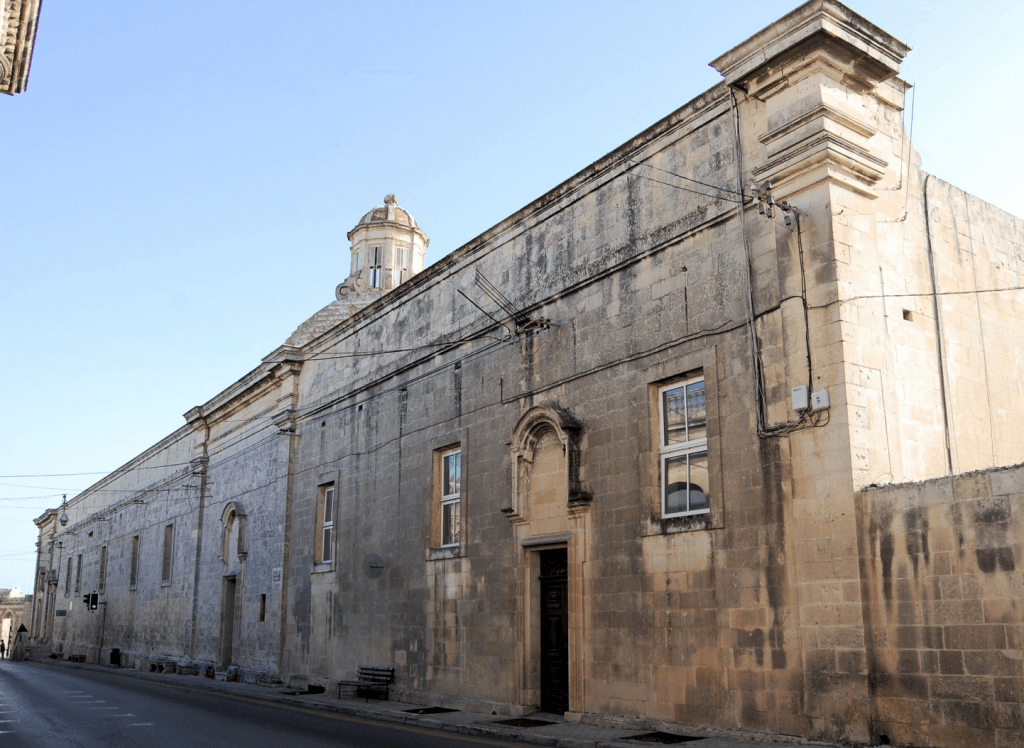
5 – St Sebastian Church
Besides being harassed by Moslem attacks and very long periods without rain, Malta suffered frequent outbursts of the plague. The two saints most invoked for the protection of this terrible epidemic, were St Roque and St Sebastian. The latter is a very old church, for a notarial act, dated 13th September 1471, mentions a room built for the sacristan. It is a lovely church both inside and outside. The altarpiece shows the martyrdom of St. Sebastian, who is flanked by other paintings of Pope Gregory the Great and St Roque.
6 – The Dominican Priory
About 1450, three Dominicans from the Province of Sicily founded in Malta the first Dominican house at Rabat; the took up residence near the crypt where, 50 years before, Our Lady had appeared. In 1466 they had already started the building of a large church and a priory; these were completed in the year 1505. During the first half of the 17th century, the reconstruction of the church was completed by John Attard and Thomas Dingli. During the same century, a new priory designed by Capitano Antonio was built in the traditional medieval style with features typical of Maltese buildings. This priory still survives to this day and is one of the most beautiful convents in Malta. It has a very imposing cloister, of exceptional height and width, with numerous large arches, separated from each other by huge and massive plasters, enclosing a spacious cloister garth. The devotion towards Our Lady of the Grotto was was greatly enhances since its holy image shed tears of blood of the 6th and the 7th May 1999.
7- Niche of the Assumption
Erected during the grandmastership of Emanuel de Rohan Polduc, it is very unfortunate that we do not know who the sculptor of such an elaborate stone-carved niche is. It is found at the crossroads between Rabat and Dingli. The niche represents in a sort of way the nation of the Virgin into heaven. The lower part represents the Imnarja, feast of St Peter and St Paul. This excellent piece of sculpture is no doubt the work of the Maltese craftsmen. It has a mixture of the academic Baroque and the Maltese vernacular tradition.
8 – Tac-Caqghi Catacombs
The catacombs are a hypogea where the early Christians used to hide when there was a persecution. But these persecutions were not a daily occurrence in Malta. There was always a relatively long time of peace. These catacombs are a large complex and were hewn out when burial space above the ground in rural areas became very scarce. The catacombs at Tac-Caqghi were not planned. As a result one finds there is a certain amount of disorganisation. They are outside the old city of the Roman town of Melite. There are 110 funerary rooms dating from the Punic Age. These tombs were not robbed, were not used for other purposes, like animal pens and that these did not suffer erosion because of the unusual climatic condition they are in. A few of these funerary rooms are beautifully decorated. At Tac-Caqghi one finds single, double and triple spaces for internment. They are family tombs. The plug-doors are still in situ.
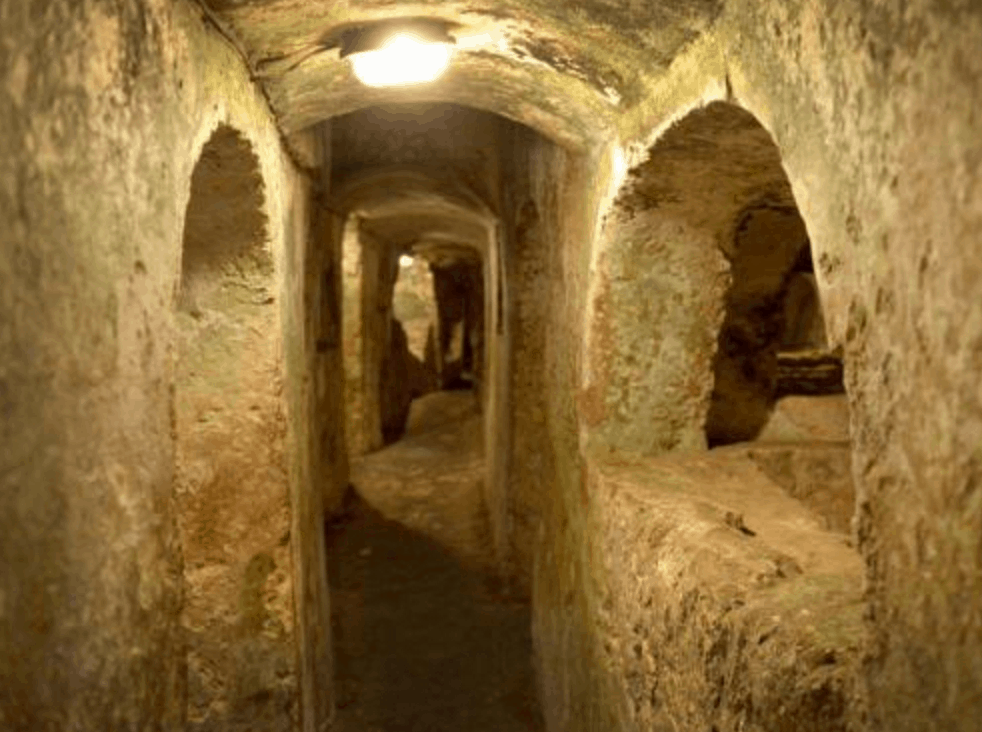
9 – The Crypt of the Penitent Magdalen
This crypt dates back to the 3rd century AD. It is the only survivor of its kind. The appearance often misleads people as sometimes it is thought of as a tomb or mausoleum. Its entrance leads straight down a flight of steps to an underground chapel. Up to some time ago two large circular tablets showing St Peter and St Paul were in the crypt, but now these are exhibited in the Parish Museum. Two large excavated rooms are midway in the stairway, both hewn out in the rock. The crypt is semicircular. The titular is a stone relief of Mary Magdalen, being the work of Giovanni Bonnici. The canvas painting was damaged beyond repair owing to the dampness of the crypt. Opinions differ as to whereto the crypt of the Magdalen was in fact a prison or not.
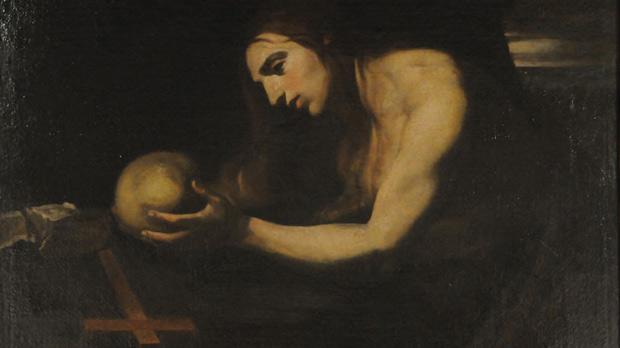
10 – St Paul’s Church
This is a 17th century church which was started to be built by the internationally well-known architect Francesco Buonamici. On his leaving the island, the building of the church was passed on to another great architect Lorenzo Gafa. The foundation stones were laid in 1653 and the works proceeded under the supervision of Buonamici. In 1664 Gafa took over working on the original designs of his predecessor. The facade has three identical portals that are joined together by a continuous Doric entablature. The Grand Master wanted the old church of St Publius to be integrated with the new church. Buonamici created the design of the three portals. Each portal provides access to three separate sacred places.
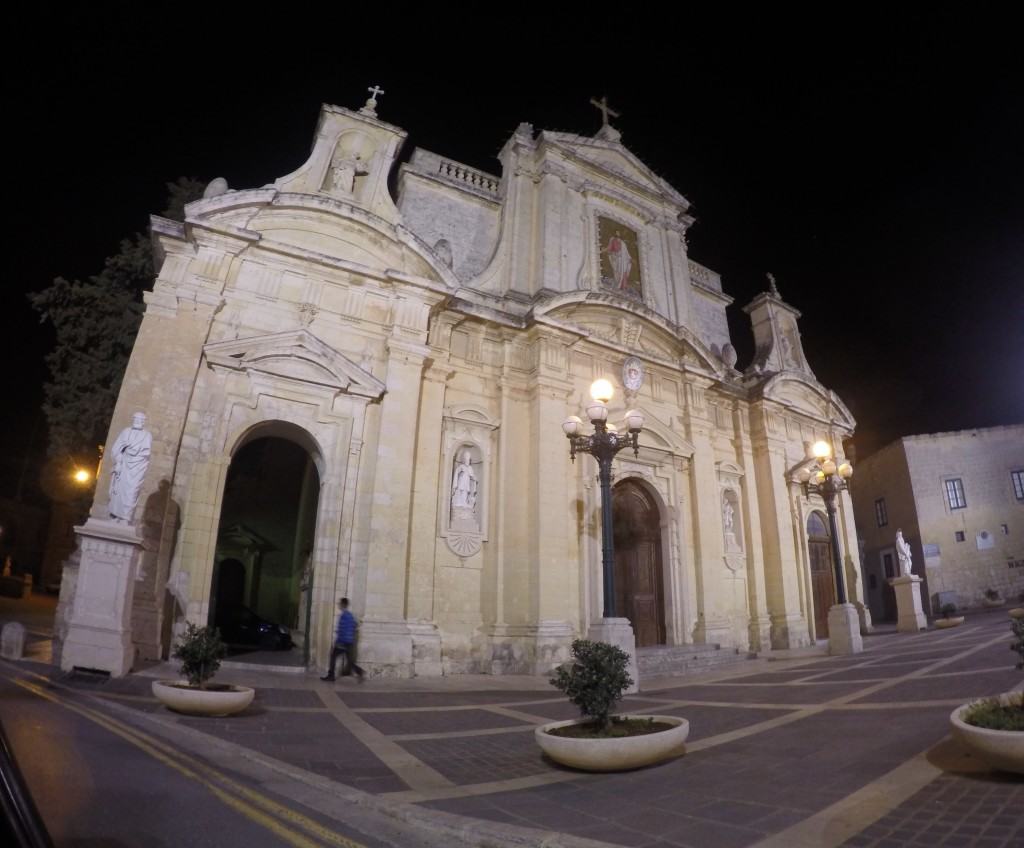
11 – The Grotto
Adjacent to the church of St Paul is the Grotto, where tradition says, that St Paul stayed in AD 60 before leaving for Rome. There are two altars in the crypt, one dedicated to St Paul, with a marble statue by the famous Melchiorre Gafa’ and the other to St Luke who accompanied Paul on his journeys. The inner cave has a marble statue, donated by Grand Master Emanuel Pinto de Fonseca., a Portuguese, who reigned from 1741 to 1773. The inner crypt has four bronze lamp stands, an inherited gift from Pope Paul V1. A couple of steps lead to a Christian Hypogeum with various types of graves and an agape table. In the middle ages the Grotto attracted many pilgrims from all over Europe. Living in the cave was a Spanish hermit knight. For some time the grotto was forgotten, until 1617, when Fra Giovanni Veneguas, a Knight of Obedience and a hermit, passed the cave to Grand Master Wignacourt who in turn passed it on to the Order for its administration.
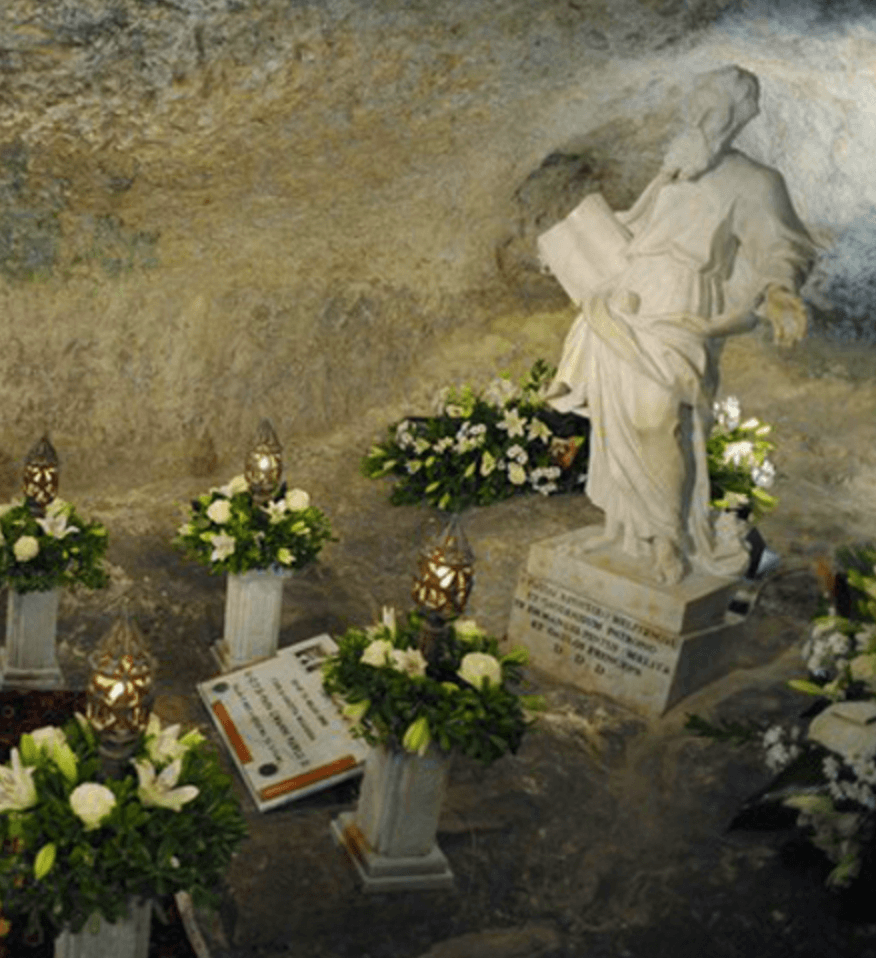
12 – St Publius Church
This is a mid-17th to early 18th century church, which had the famous architect Lorenzo Gafa’ working on it from mid to late 17th century. Then in 1726 it underwent remodelling by another well known architect, Salvu Borg. The intense rivalry between the Order of St John and the Church in Malta personified by the Bishop, is today an open secret. The rivalry was reflected in the Bishop’s enlargement of St Paul’s Church and in the Order’s rebuilding of St Publius. The work was given to Salvu Borg who enlarged and remodelled. The result was superb harmony in the integration of the facade of the two churches, designed by Buonamici.
13 – Wignacourt College
Wignacourt College was the convent for the chaplains of the Order who looked after the Grotto below St Publius Church. In 1646, the Italian resident engineer was commissioned to pull down and rebuild the College. Although he was a military engineer, he was equally qualified in civil architecture. In the cabreo at the archives of St Paul’s Grotto there is the plan of the College as drawn by Buonamici. According to the plan, the ground floor level had a refectory, kitchen, dispensary, stables, stores and other facilities. The first floor, the piano mobile, had a chapel and the living quarters of the chaplains. There were rooms for the visiting guests. Lorenzo Gafa’ had dug into the rocks an underground passage that led directly to the grotto. Today’s building had underground substantial changes, alterations and extensions. All these happened in the first half of the 18th century. Today it is a museum which houses some very fine paintings and sculptures. It is being lovingly looked after by Dun Gwann, formerly curator of the Cathedral Museum.
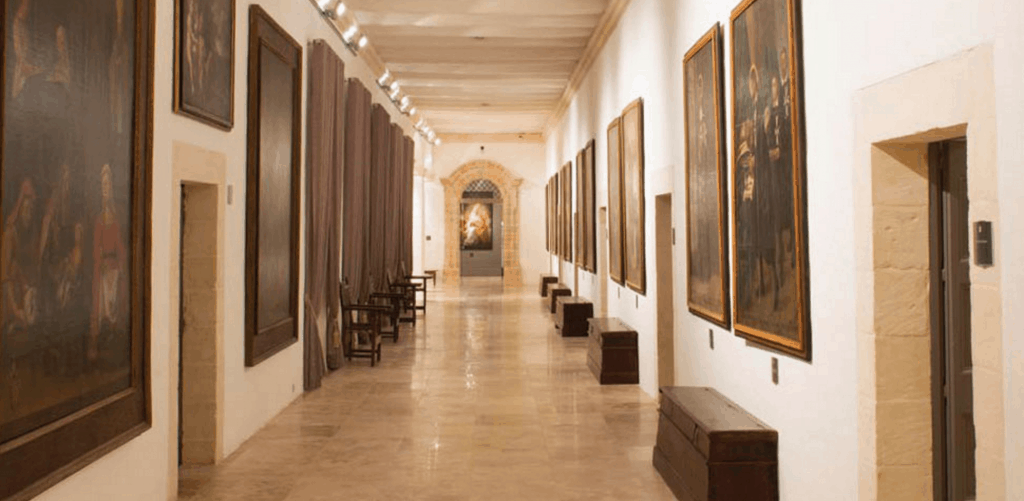
14 – The Catacombs and Church of St Cataldus
These catacombs are only a few metres away from St Paul’s Catacombs, St Agatha’s and Tad-Dejr. The graves in these catacombs are in the form of four poster bed. Other graves are simply hewn in the rocks. These catacombs have still the agape table. A small platform above the ground on which, once a year, the relatives of the deceased, feted their loved ones. The church above the catacombs was deconsecrated by Dusina in 1575 and demolished completely in 1739. Six years later it was rebuilt in today’s enlarged form. The titular painting, showing Bishop Cataldus, is by Antoine Favray. A stone statue of the saint stands in front of the church. An old custom, discounted, lately, was the holding of an open market of farm implements every Sunday morning.
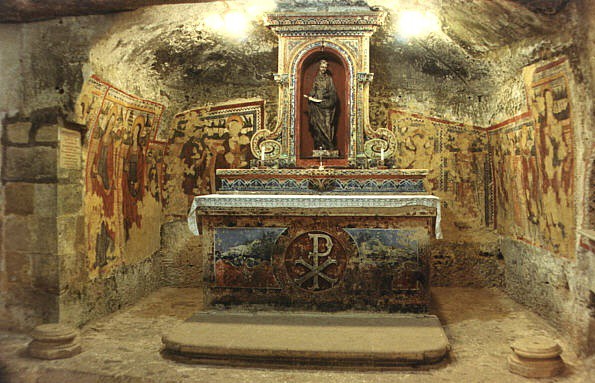
15 – St Paul’s Catacombs
These catacombs go back in time to the Paleo-Christian era. This was the very beginning of Christian life on the Island. They were first mentioned by Dr Marc Antonio Axial, a galleon doctor of the Order of St John. They are also mentioned in Gian Frangisk Abela’s Descrittione di Malta. Late in the 17th century, these catacombs were robbed of their underground artefacts. In 1984, they were seriously and scientifically studied. Artefacts included pottery and glass. Besides being burial places, they were also meeting places for prayers. According to recent archeological studies, the prayer meetings were held at the beginning of February every year.
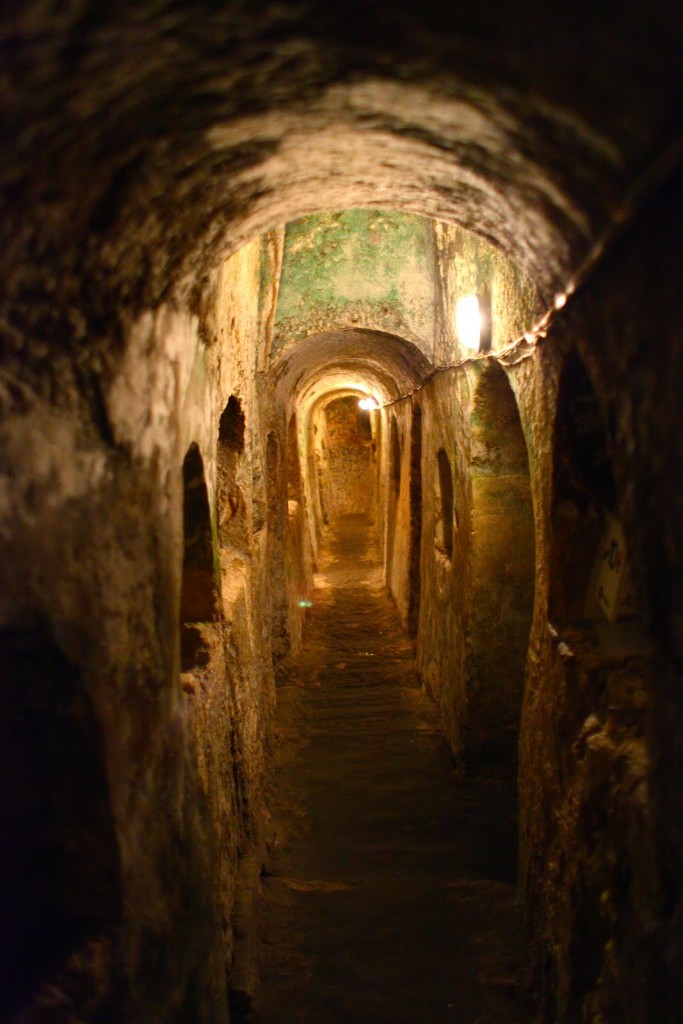
16 – St Agatha’s Catacombs
Catacombs are underground rural sites going back hundreds of years. Archeologists maintain that they were hewn out of the rocks to serve as burial places when the above-ground sites were exhausted. They were either family owned or collectively owned. They might also have been owned by the church of the time to bury those who were unable to have one of their own. Maltese catacombs are underground cemeteries, where tombs of various shapes, sizes and dimensions were worked in the stone. The ritual service itself took place round rock table that were hewn above the ground. At certain catacombs, there were also mobile agape tables. Maltese catacombs saw the light of the day at the dawn of the 4th century AD. St Agatha’s catacombs are the earliest Christian Catacombs in the Maltese islands.
